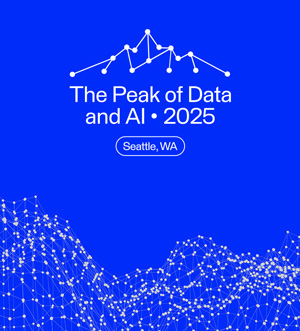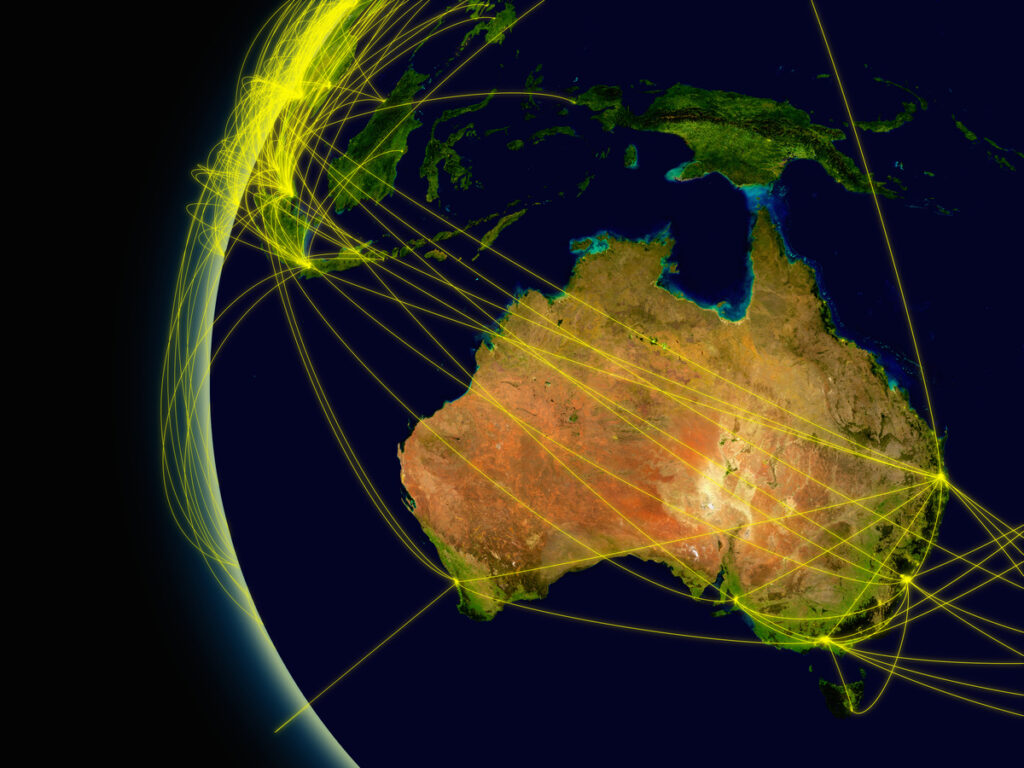From Mountains to Molehills at Neftex


Transformation – sometimes it takes seconds, and sometimes it takes hundreds of millions of years. The transformation of our earth over the last 600 million years of its 4.5 billion year history would have been spectacular to see – supercontinents breaking up; tectonic plates drifting, crashing, and tossing up mountain ranges towards the skies; ice ages coming and going; massive volcanic events; sea level rising and falling; and explosions of life followed by mass extinction events.
The ground under our feet is the historical record that geoscientists analyze to reconstruct this history – and FME is an invaluable tool for one such group of scientists.
Neftex Petroleum Consultants Ltd., based in the U.K., specializes in the collation, integration, and interpretation of large – often global – geoscience datasets, mapping the layers under the Earth’s surface that represent these major historical events. The goal of this application of stratigraphy – the branch of geology that studies the origin, composition, distribution and succession of rock layers – is to identify the location of possible subsurface hydrocarbon-rich deposits. In other words, they are looking for oil and gas.
When Neftex was introduced to FME at the 2009 FME UK User Meeting in Southampton, it was the solution they had been looking for to one of their biggest challenges – how to effectively present global spatial datasets for 230 different geological ages, and deliver it via the internet? The sheer man-hours required to manually prepare and web tile the datasets was going to take a geological age in itself. The project was extremely challenging – that is, until FME entered the picture.
Neftex’s source data – thousands of geological maps and interpreted well logs – is housed in ESRI® ArcSDE™ and Microsoft SQL Server® Spatial. First, they used FME Desktop to transform the geological subsurface maps (GDE) to web map tiles. FME handled the logistics of tile layout, identification, and file organization, while at the same time applying symbology, reprojecting, rasterizing the vector data, and generating differently sized tiles for different zoom levels. Ultimately, these tiles – 1.5 million of them – are presented to the end user in a Microsoft Bing™-based web application.
“Earth Model”, housed as a Bing application, is not only a high-level analysis tool, it also is the front-end interface to a SQL Server Spatial database that stores the detailed scientific data users can drill down into. Neftex used FME to perform both data validation and bulk loading into this linked data warehouse. Now that the heavy lifting of the initial data preparation is done, FME is handling the update cycle in maintenance mode, and Neftex keeps finding new ways to use FME to automate other repetitive tasks.
“What would have taken us man-years to accomplish, FME delivered in a matter of weeks”, says Oliver Morris, IM Solutions Lead at Neftex. “The online resources – particularly Dmitri’s Raster Studio on fmepedia – were invaluable tools to get us through the learning curve quickly, and into production”.
What’s next for FME at Neftex? Alex Rushforth, Web Mapping Developer, tells us that their users love having online access to these rich datasets. “Now the customers are asking if they can have access to the GDE data as a web service, served directly into their own GIS applications. WMS and KML are our next areas of exploration. Perhaps we’ll be back in a future issue of the Insider with an FME Server profile!”
Visit Neftex at www.neftex.com and Dmitri’s Raster Studio on FMEpedia at
safe.local/RasterStudio.



